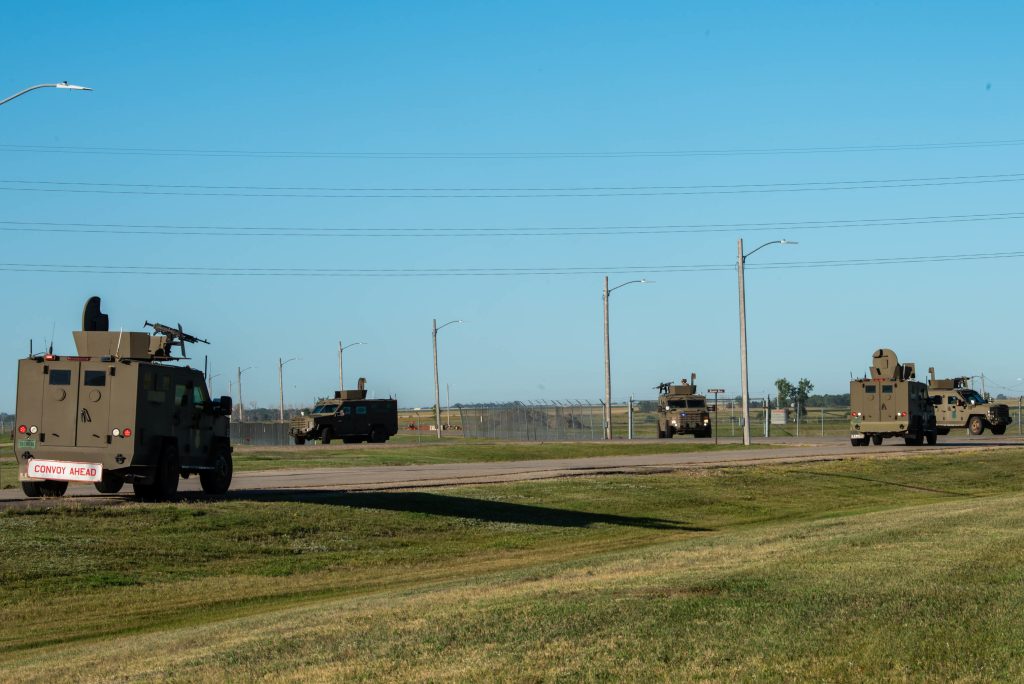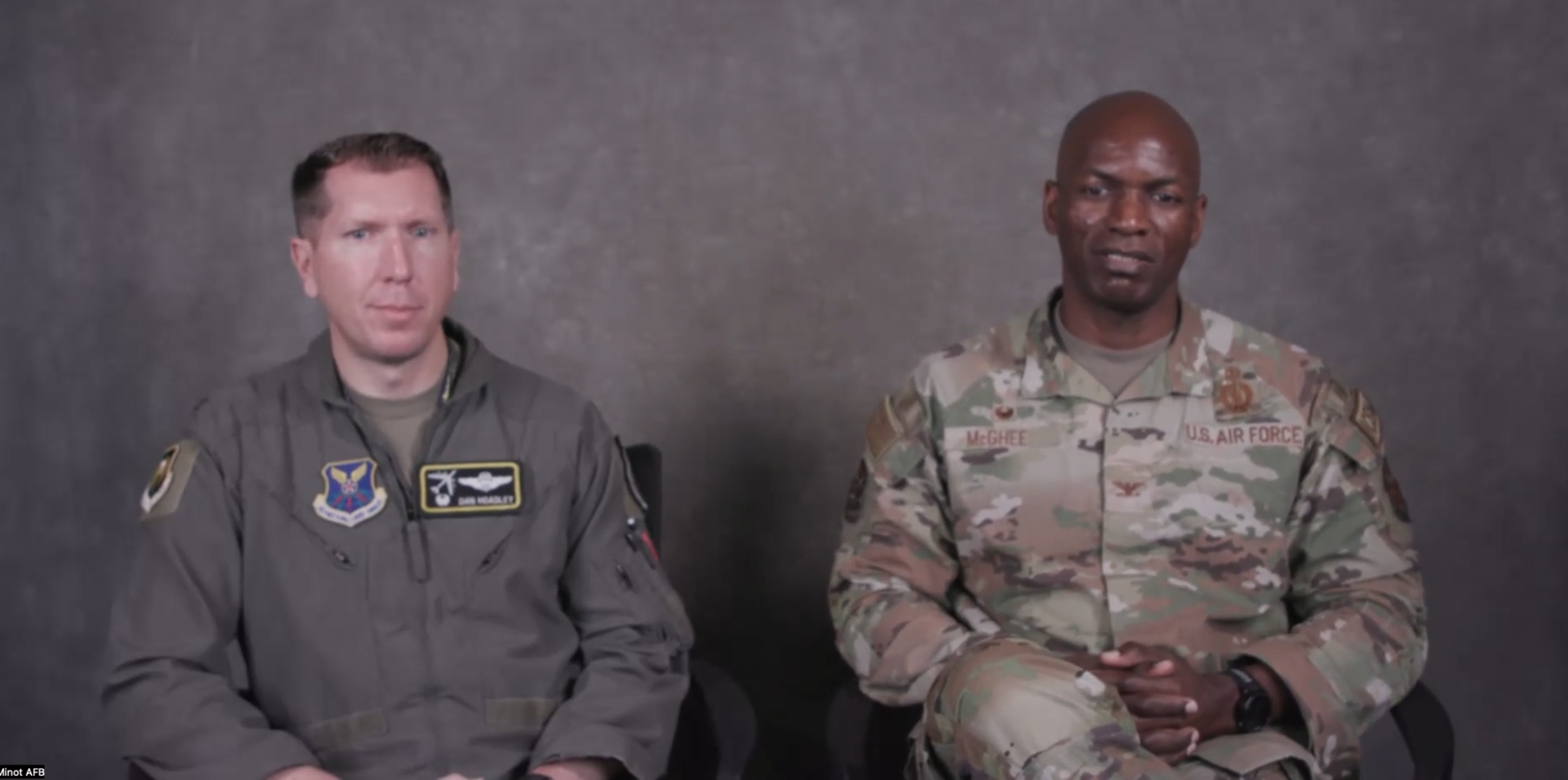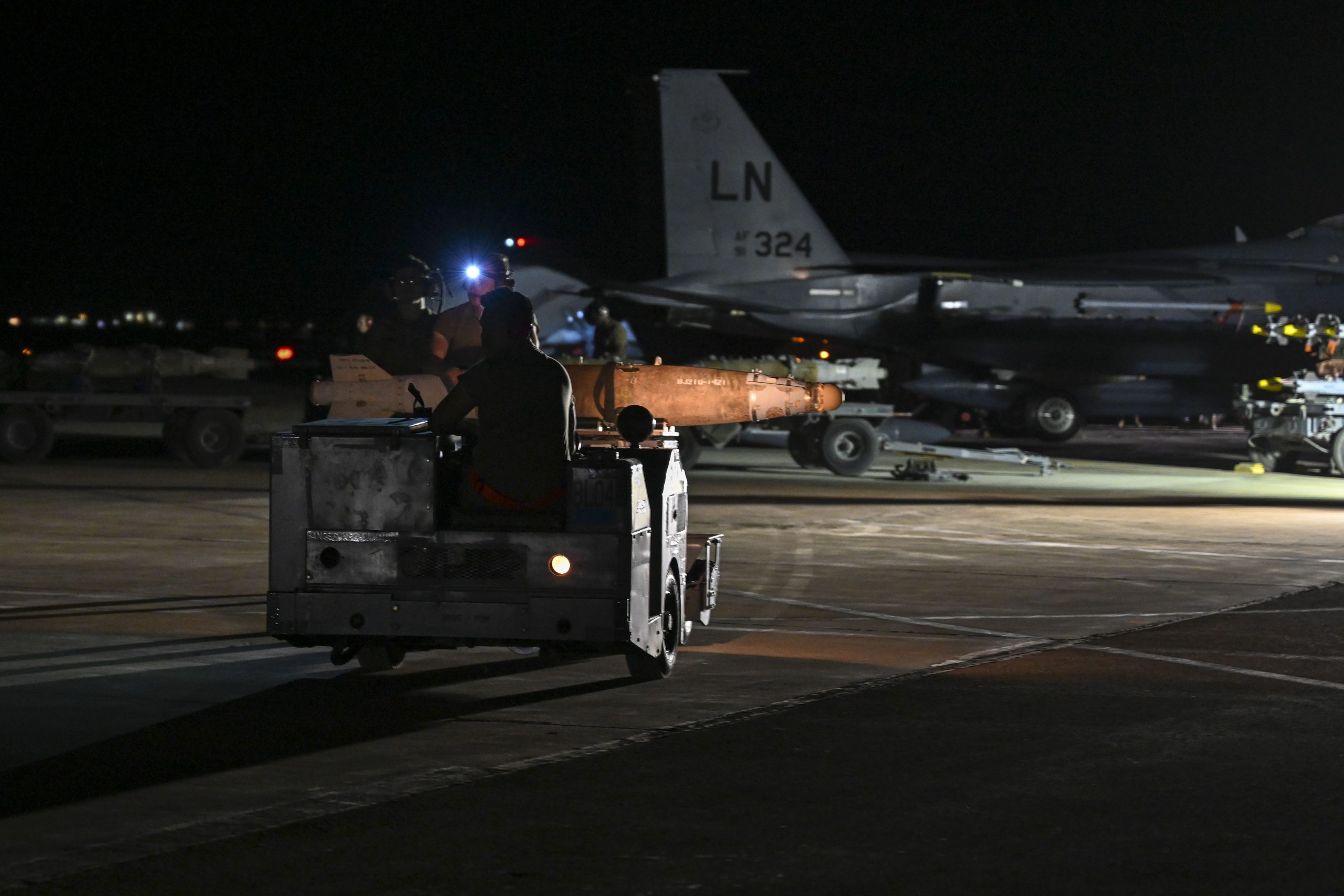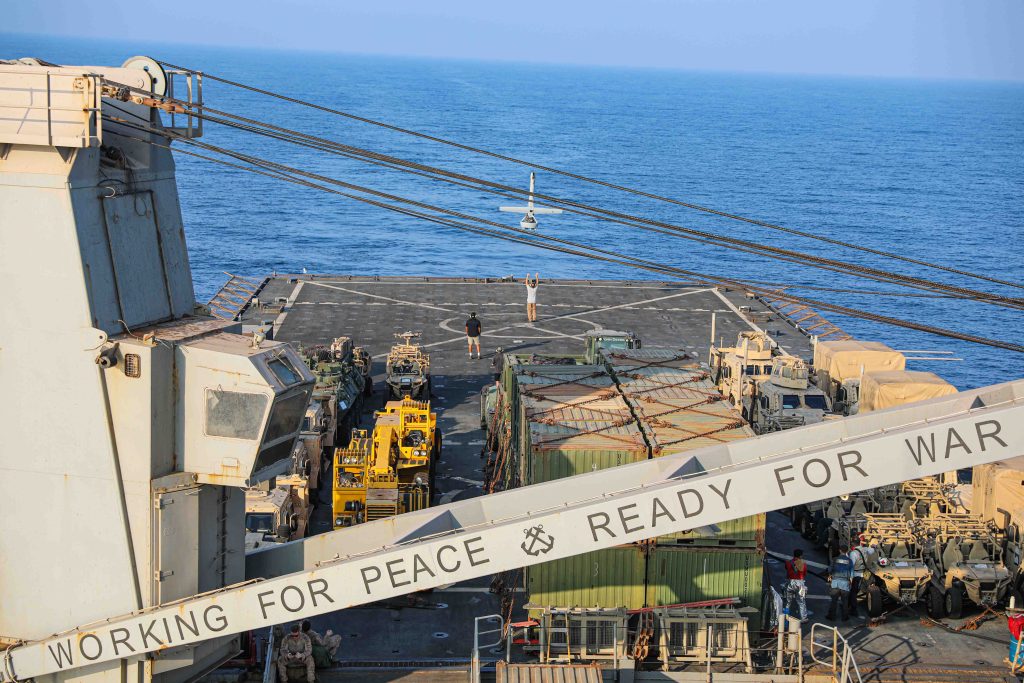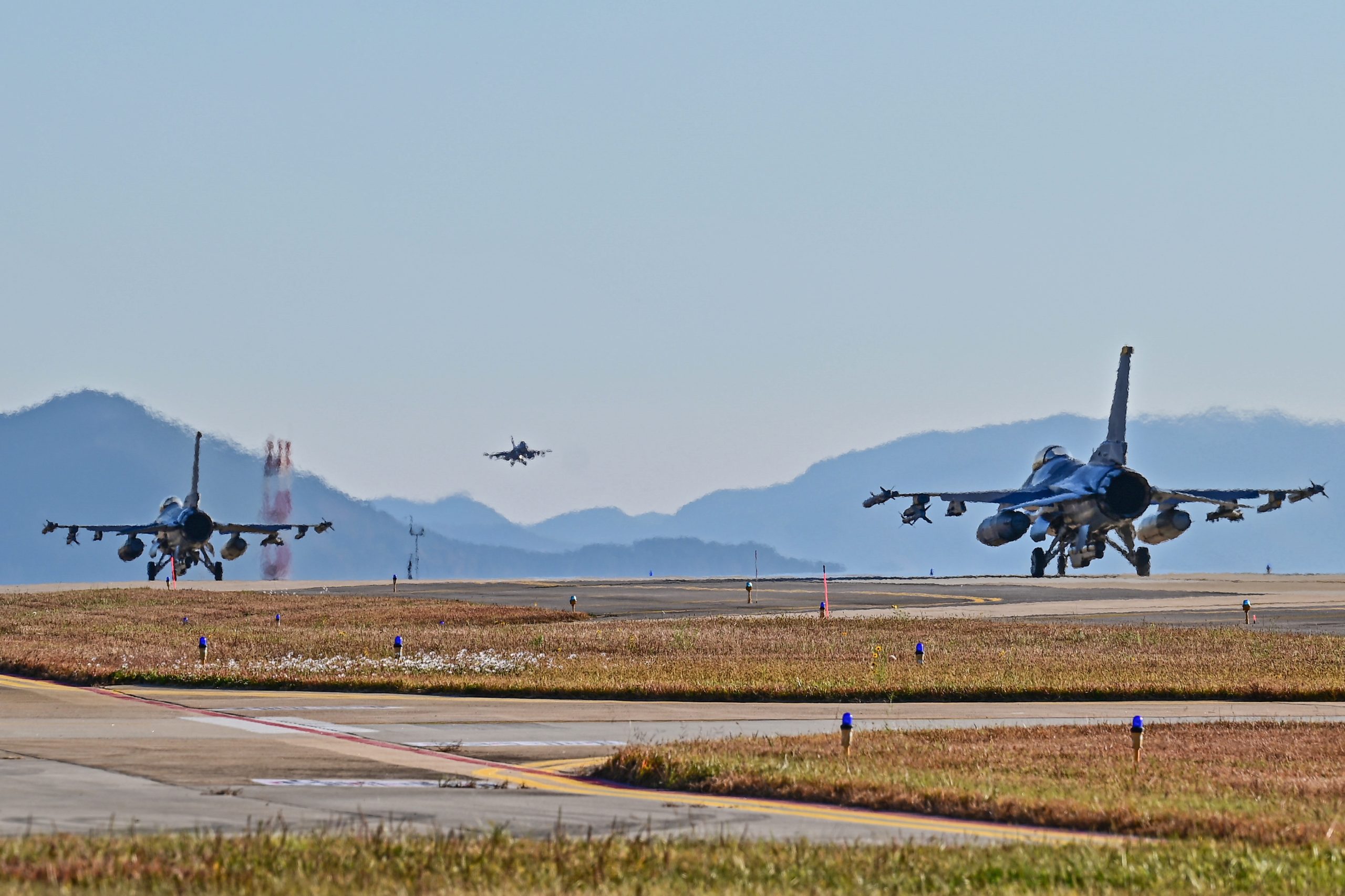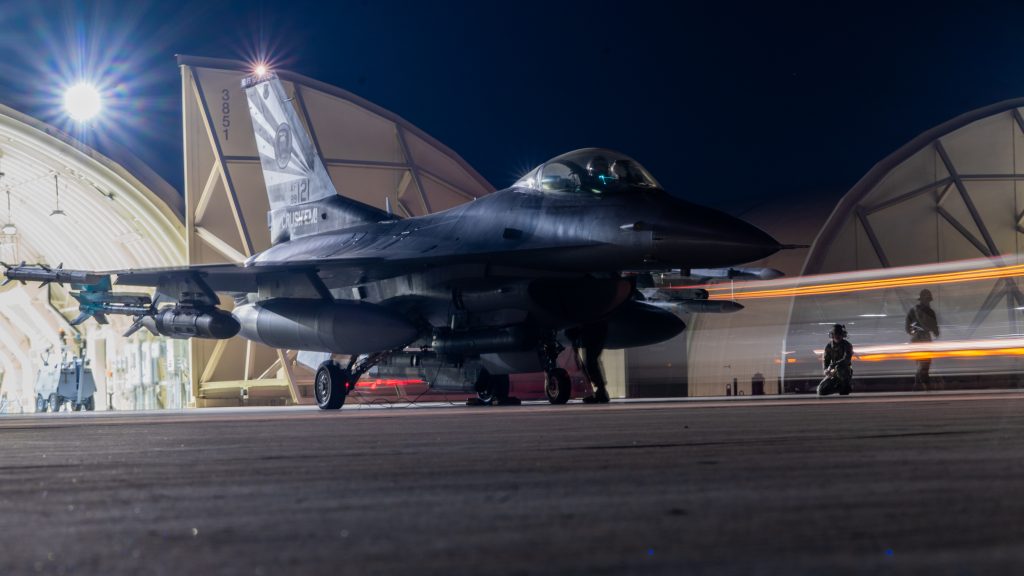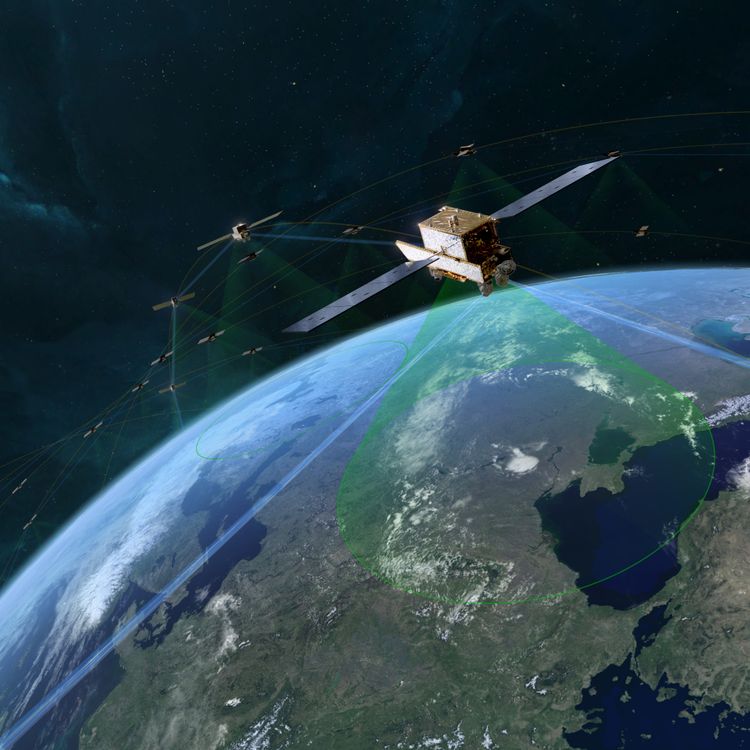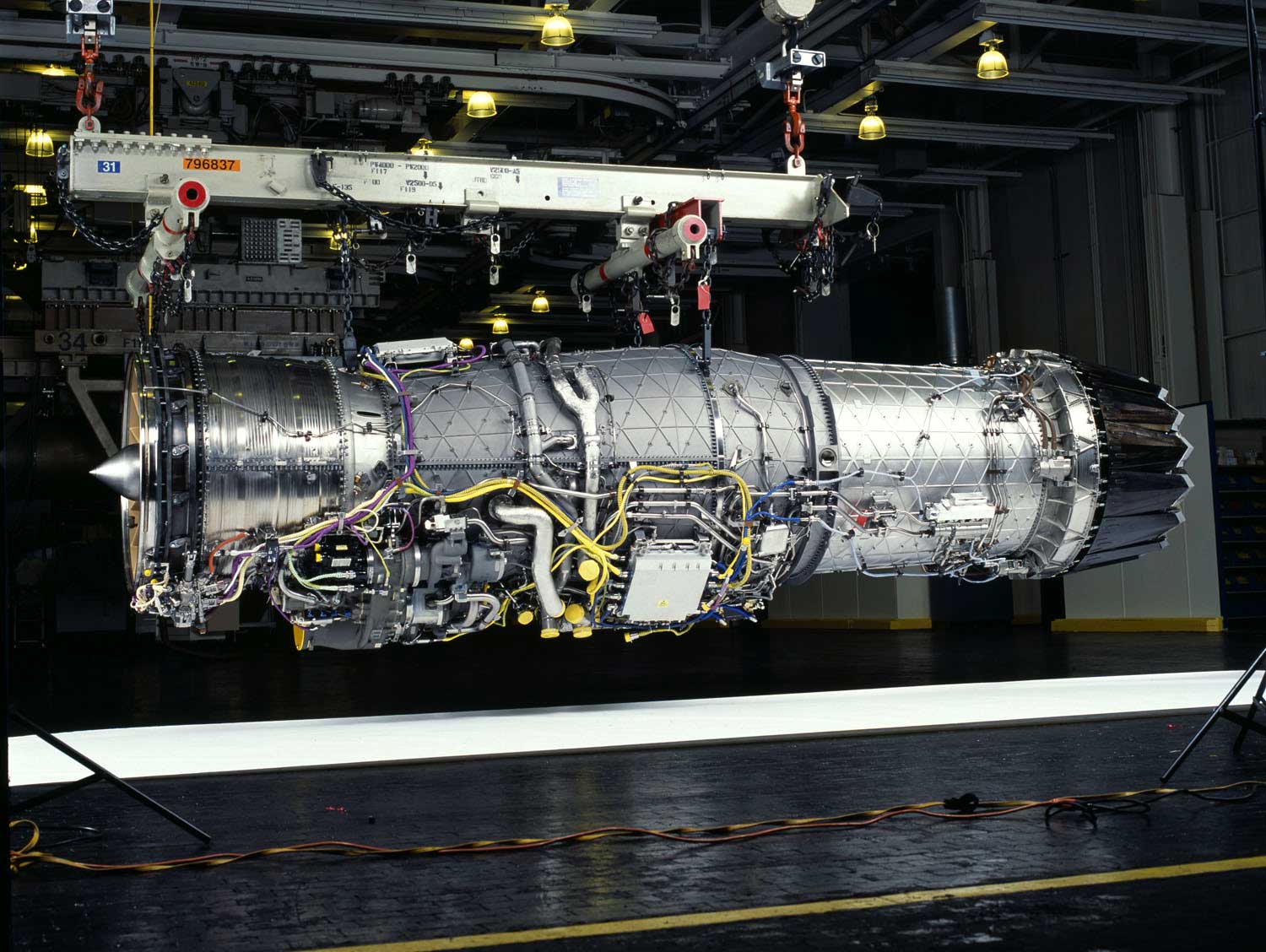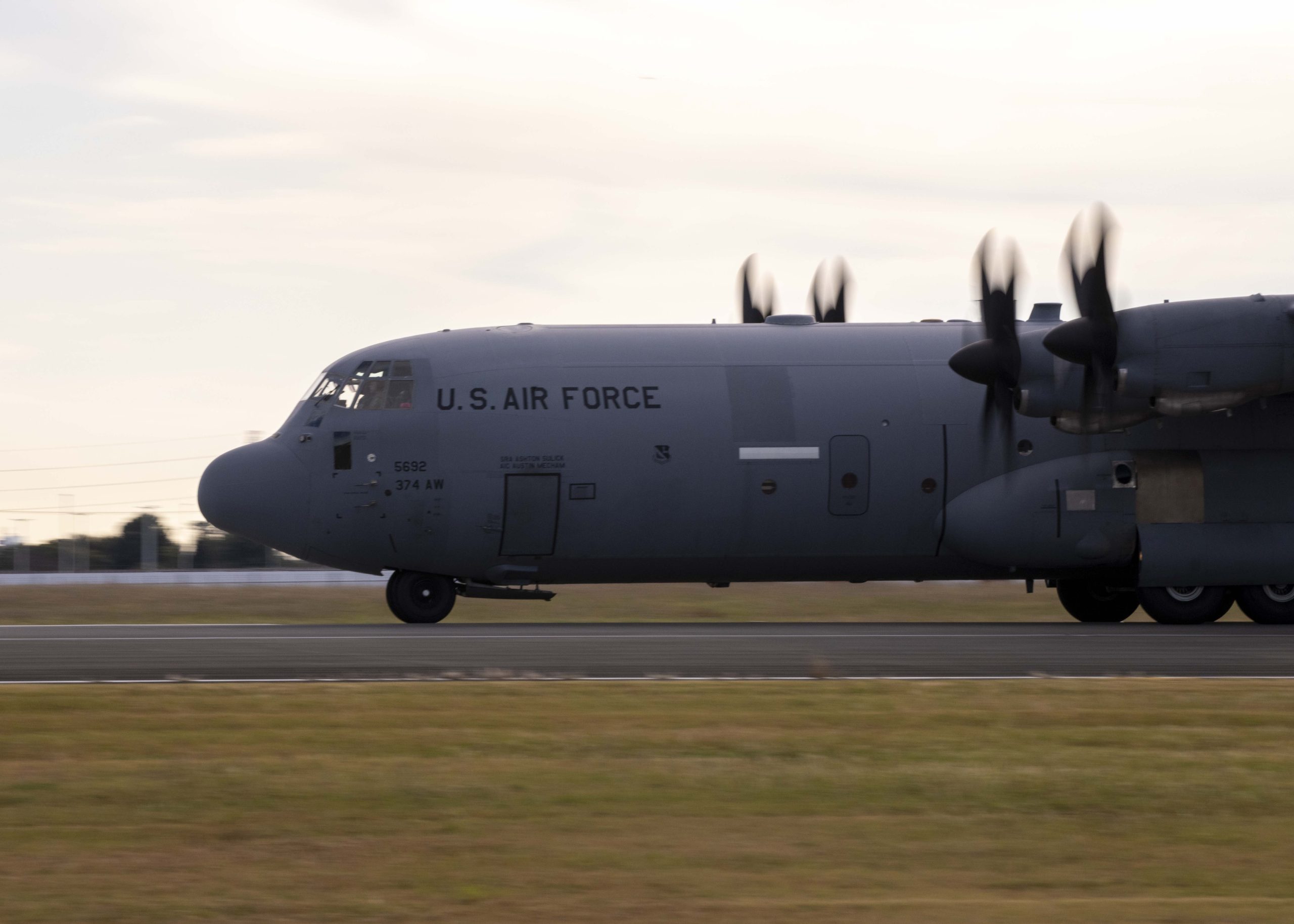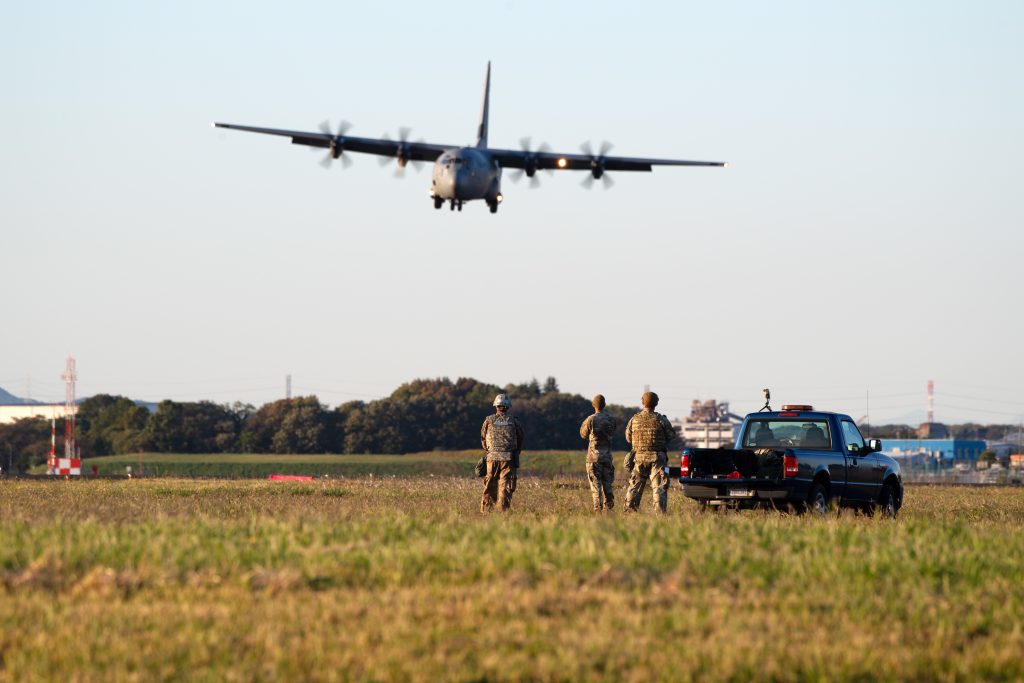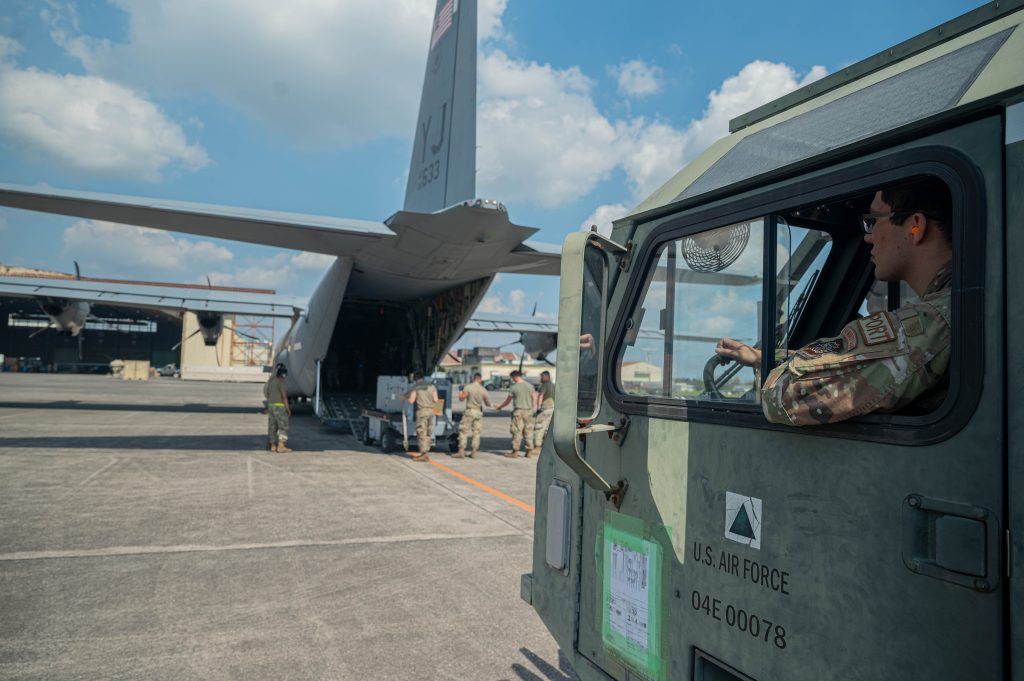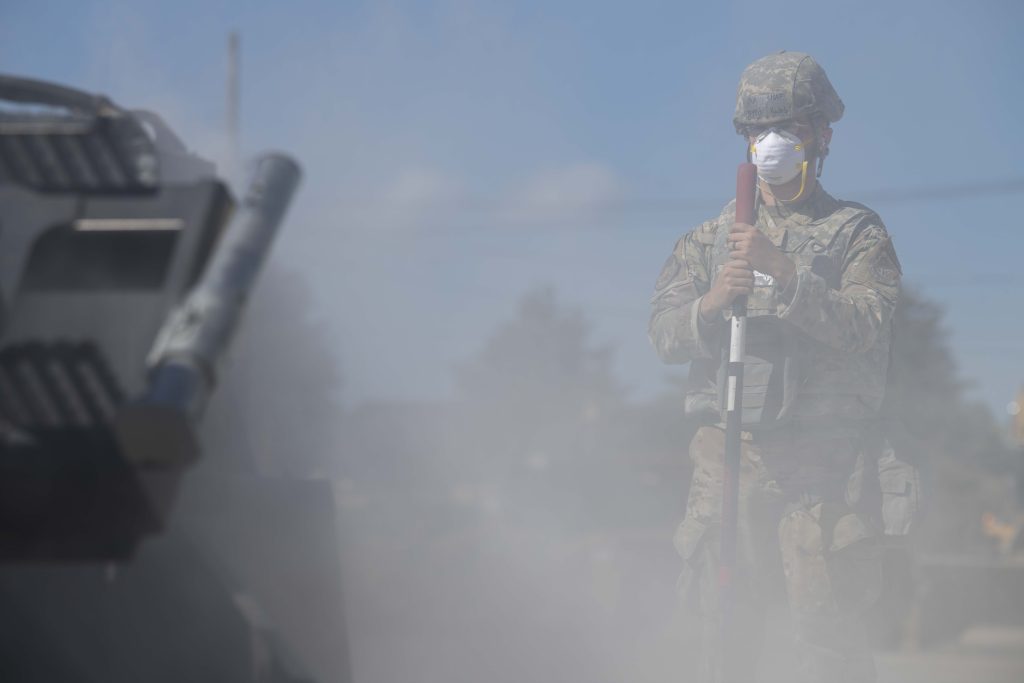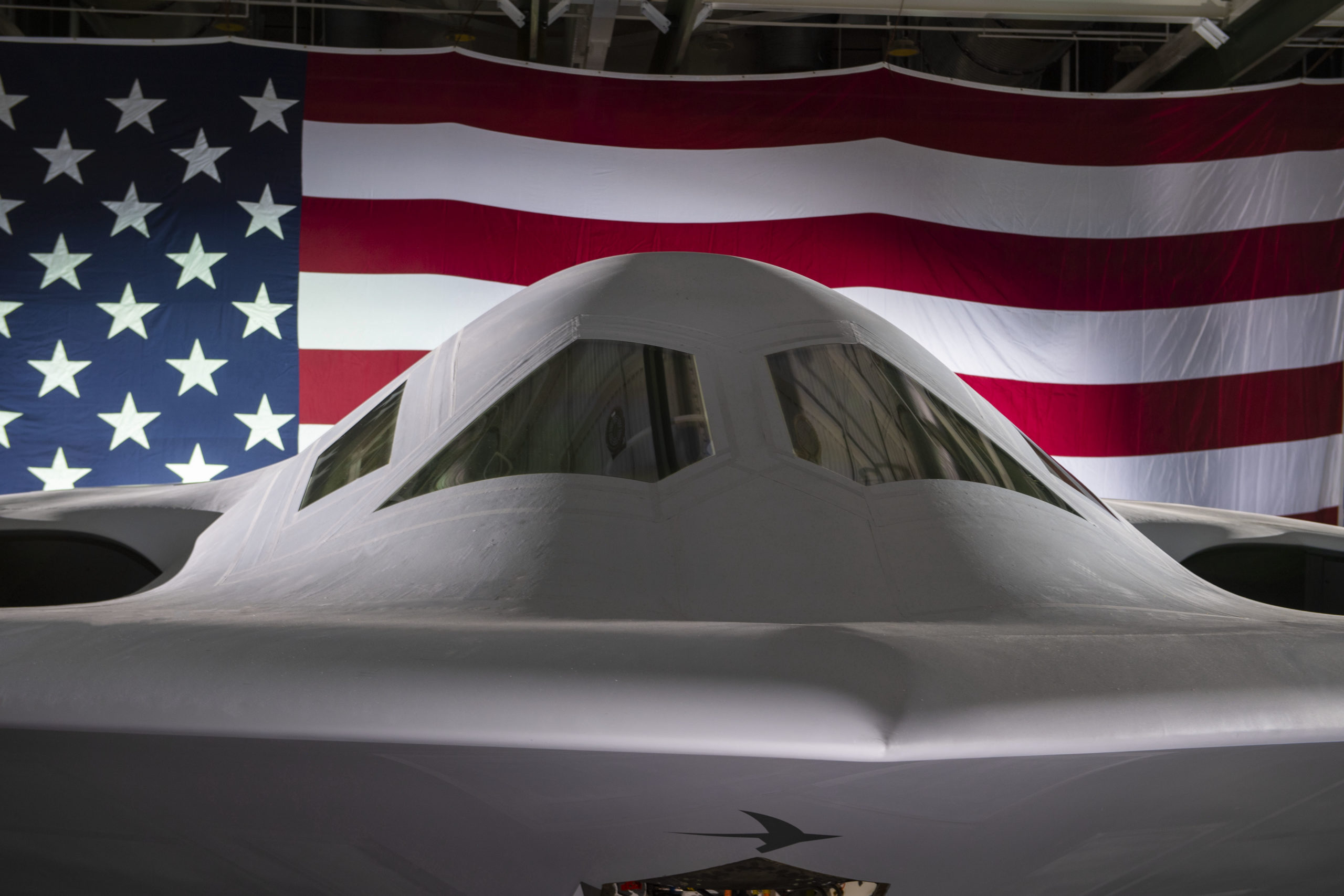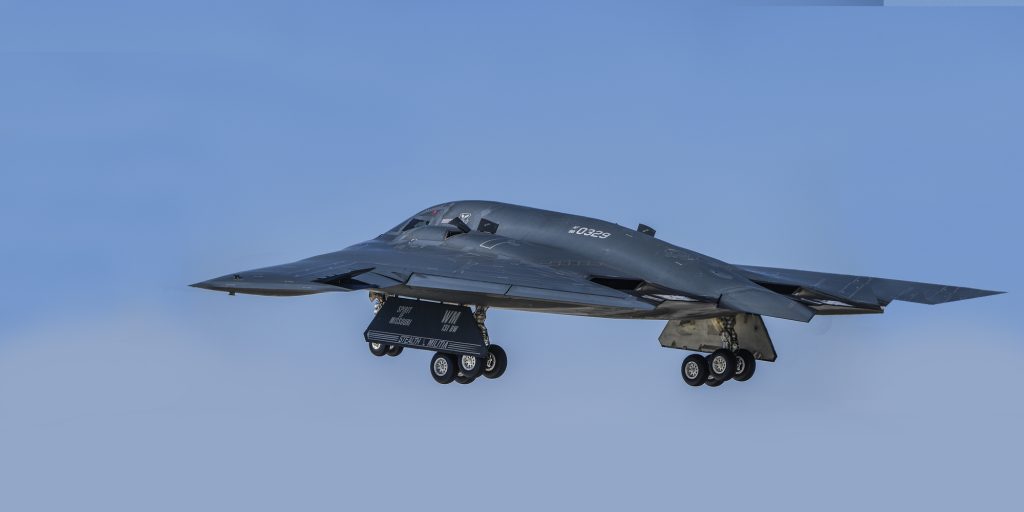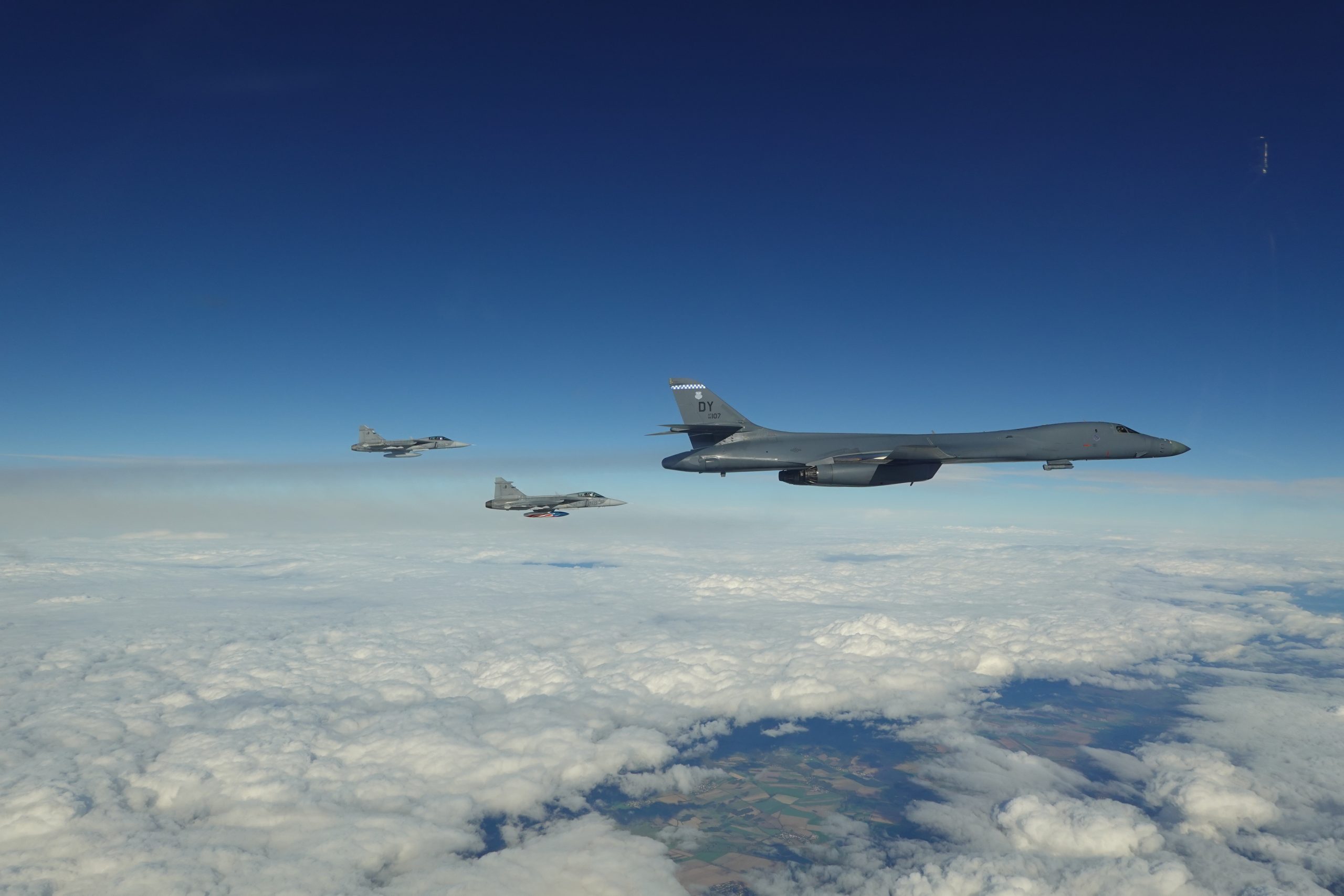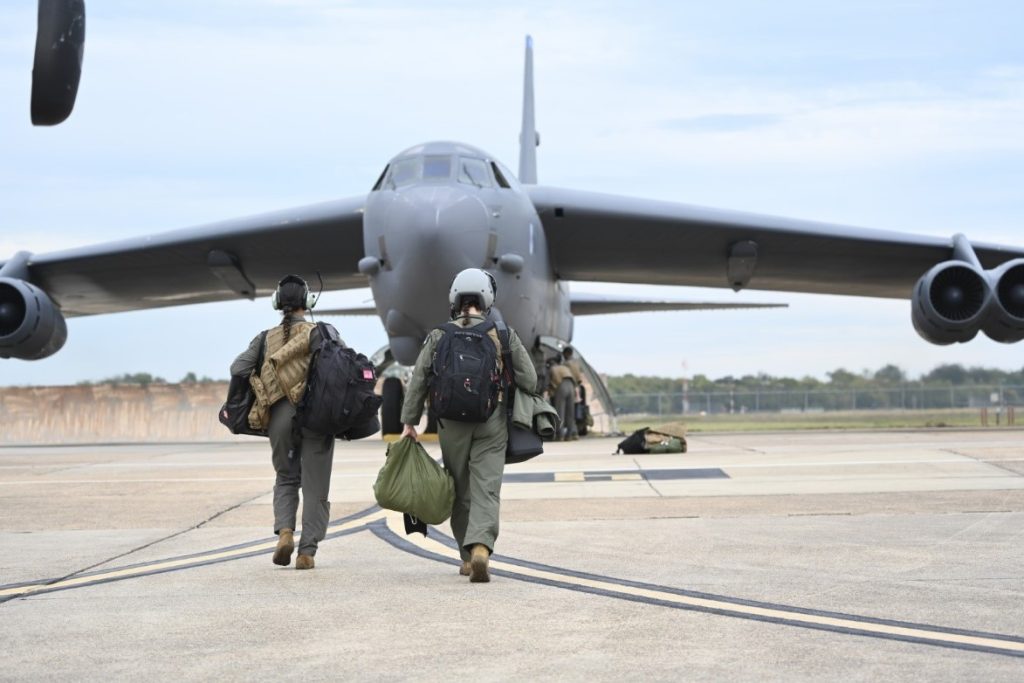The threat posed by the People’s Republic of China is “extremely real” and “tangible,” key operational leaders from Minot Air Force Base, N.D., said Oct. 30, pointing to China’s moves to improve its military in response to the U.S.’s robust bomber and intercontinental ballistic missile fleets.
Col. Daniel S. Hoadley and Col. Kenneth C. McGhee command the 5th Bomb Wing and the 91st Missile Wing, respectively, and work closely together. Minot is the only installation to host both Air Force legs of the nuclear triad. Both keenly aware of how China is working to counter the U.S.—and the significance of staying ready, they said at a virtual AFA Warfighters in Action event.
“The weight of responsibility is not lost on us. It is something our Airmen have internalized and take extremely seriously,” Hoadley said. “And we consider it a high honor to be a bedrock of our nation’s deterrence on a day-to-day basis.”
“It’s extremely important that we understand that through ICBMs, through bombers, through subs, the deterrent capabilities of the nuclear enterprise, we are the backbone of the deterrent capability for the United States,” McGhee added.
On the bomber side, the 5th Bomb Wing regularly deploys on Bomber Task Force rotations all over the world. This summer, around 280 Airmen and four of the wing’s B-52 Stratofortresses spent a month in the Indo-Pacific, operating out of Andersen Air Force Base, Guam.
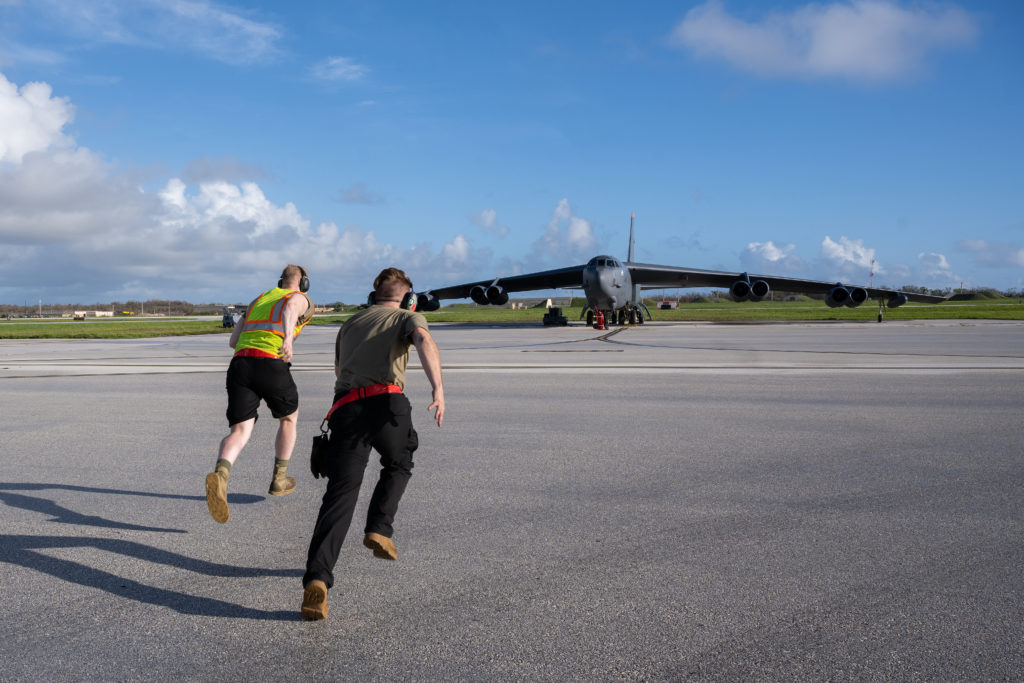
Such deployments replaced the Air Force’s previous system of continuous bomber presences several years ago, with the goal of creating strategic unpredictability for adversaries. BTFs have also been used to reassure allies and partners by showing the U.S.’s global reach and commitment to deterrence, with bombers sometimes making rare or unprecedented stops in other countries. The 5th Bomb Wing landed the first-ever B-52 on Indonesian soil this June.
China has taken note and sought to assert itself. On Oct. 24, at night, a Chinese J-11 intercepted a B-52 from Barksdale Air Force Base, La., over the South China Sea. The Pentagon released footage from the incident, claiming the Chinese fighter came 10 feet from colliding with the American bomber and the pilot’s behavior was “unsafe and unprofessional.”
While the 5th Bomb Wing at Minot was not involved in that particular incident, “more and more, we’re seeing these kinds of adversary reactions to our Bomber Task Force activity,” Hoadley said. “When we park airpower in their backyard, they’re coming out to take a look. Those [Chinese] aircraft are armed with live ordnance. Those are not movie props. That’s the real deal. And so it takes a tremendous amount of grit and courage and professionalism on the part of our air crews to maintain their composure, stay on mission, and react appropriately when those kinds of things happen.”
At the same time, Hoadley argued such incidents show the importance of the USAF bomber fleet and its unique capabilities.
“The adversary is coming out to react because they’re taking notice of what we’re capable of doing,” he said. “It’s a capability they don’t have, to reach across the globe and provide a long-range strike capability at a time and place of our choosing. And so, from my side, I think it’s equal parts a demonstration of fear and that they are taking notice of what we’re doing and are trying their best to provide their own assertive reaction to it, albeit with a short-range platform.”
While the 91st Missile Wing does not deploy to the Indo-Pacific, its Airmen are also aware of the advances China has made with its ground-based missiles, said McGhee. China has significantly expanded its nuclear arsenal, outstripping previous Pentagon projections, and much of the growth has been in constructing new nuclear silo fields.
“The rise of the Chinese nuclear program has been dramatic, has been dynamic, and has been impressive,” McGhee said. “I’ll be honest with you, over the past few years, they’ve developed a capability, especially within their ground-based strategic nuclear force, that is impressive. And so it is imperative for us to understand at every level that the threat coming from China is extremely real.”
To respond to that threat, McGhee emphasized the importance of keeping his own wing’s Minuteman III missiles ready to go at a moment’s notice.
“I have the opportunity, I have the mission to provide a nuclear deterrent capability across our missile fields … to deter the rising and the pacing threat that China provides us and that they pose to us,” he said.
